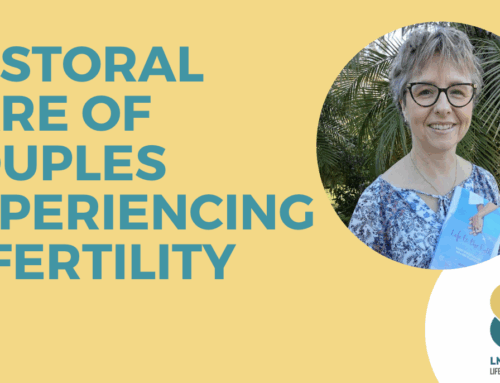When it comes to love and the quest to find a life-long mate, it is common to talk of being ‘in the market’. It’s a bit crude but does reflect the reality of many people’s experience. Like a shopping for a car or a home, there’s research, testing and a process of elimination which can be emotionally draining and hurtful.
Bernard Salt provided some interesting perspectives on this setting in his recent article in the Australian [March 1, 2012]. Speaking of ‘sheila shortages’ and ‘man droughts’, his basic thesis is that when there is a difference in the numbers of men and women in any one cohort, there is a power imbalance.
Salt argues that when men are in oversupply, such as in the 18-30 age group, women have the advantage because there are more men from which to choose. In the 45-60 year old cohort, there is an oversupply of women, hence men are in the position of power in what he colourfully describes as the ‘love and lust market’. Even when taking into account the trend for young women to pair with men on average two years older than them, these imbalances remain.
It’s a good thesis and fits with the intuitive experience of many singles and married alike. However, it fails to take into account that there is not just one ‘love and lust’ (or perhaps more accurately, ‘mating’) market, but rather two markets; the ‘sex’ market and the ‘marriage’ market.
Today most people, unless they have strong religious or ethnic values, begin their ‘mating careers’ in the sex market. Marriage is not on the horizon for this group. As people age, most move into the marriage market, some exiting the sex market altogether, some inhabiting both markets for a period. Of course some, more often men than women, never enter the marriage market at all, preferring instead to stay in the sex market into old age.
Generally, women transition to the marriage market at a younger age than do men, partly due to their natural disposition and partly to the pressures of their ‘biological clock’. Thus the ‘man drought’ in the marriage market is actually much worse than the Salt’s raw numbers based on age and a single mating market model would predict. In addition, older women in the marriage market are further disadvantaged by the fact that men with a mind for family preferentially choose younger, more fertile women. It’s a double whammy and gives rise to a sense of desperation among single women who see their opportunity to marry and have a family get slimmer with every passing year.
But at least women have the upper hand in the sex market, right? At first glance one might think that an over-supply of men in the sex market gives women the balance of power, making up for the disadvantages they suffer later in the marriage market. But in fact, for many it doesn’t. The sex market is a highly competitive environment for women, with the raunchiest women winning the mating rights. In a cruel twist of fate, the women most successful in the sex market are often devalued in the marriage market as, hypocritical as it may seem, many playboys still fantasise about marrying a virgin, or at least don’t aspire to marry the woman that’s been to bed with every one of his mates.
Ironically, in the past it was the scarcity of sex that often drove men into the marriage market… but by providing ‘sex without strings’, raunch women inadvertently collaborate to keep men in the sex market for longer, driving up the gender imbalance in the marriage market.
With all the feminist advances of the last century, the question is: are women today better off than their ancestral sisters in this area? In days gone by, the sex market was small, comprised mostly of prostitutes and was never main-stream. Thus for the majority of the population there really was only one ‘mating’ market and there was a relatively equal balance in the sexes (with the possible exception of wartime induced casualties). The scarcity of sex outside marriage propelled both men and women into marriage at a younger age, when fertility was at its peak. With the advent of modern contraceptives, when sex without procreation became possible and widespread, this one mating market split into the sex and marriage markets we have today. Now, people more commonly marry to start a family, than they do to have sex.
Void of the sex incentive to marry, marriage is delayed until the biological clock forces action. For women, this happens at a much younger age than it does for men.
In this context, we start to understand this we get a much richer understanding underpinning the trend of single motherhood. In the past, most single mothers found themselves in these circumstances not by choice; now, single motherhood is actively pursued by increasing numbers of women who have lost hope waiting for men to be ready for marriage and parenthood.
As any one of the thousands of heroic single mothers (and fathers), doing the best they can in difficult circumstances would attest, it’s not an ideal way to raise a child. Not surprisingly, the empirical research is equally clear: this is a not a good trend for the wellbeing of children.
So the real losers in the ‘sheila shortages’ and ‘man droughts’ are both our women and our children; the very same group that in any other circumstance, most men would gladly sacrifice themselves in order to protect.
Dr Byron & Francine Pirola are directors of Marriage Formation for the Marriage Resource Centre www.thepmrc.org Bernard Salt – http://www.theaustralian.com.au/business/opinion/first-comes-a-sheila-shortage-then-the-man-drought-cuts-in/story-e6frg9jx-1226285561430


